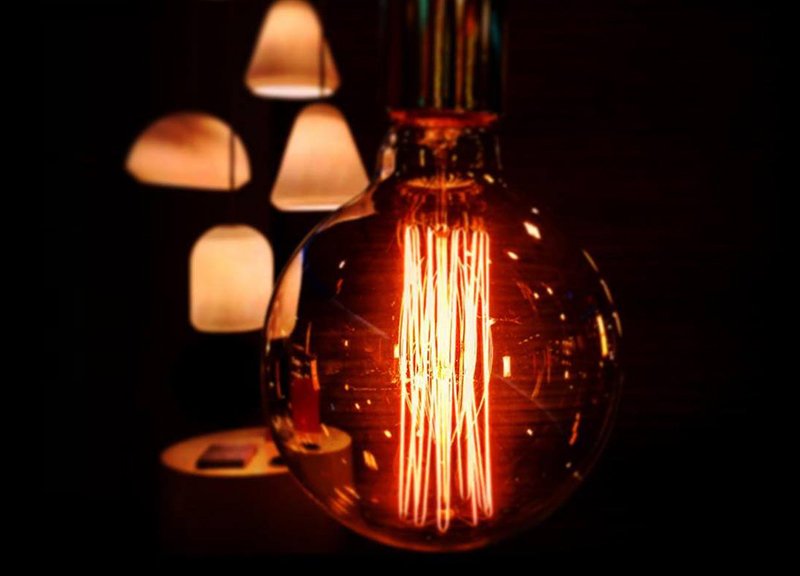
Blockchain driven projects are starting to take off in both institutional and private organisations. The technology behind the Bitcoin is seen as a faster and safer way to reach those who are most in need and, at the same time, with the highest accuracy.
First of all, the important thing here is not the Blockchain technology itself but how to use it to aim and tackle poverty all around the world. The main international organisation to do so is the United Nations (UN), who is deployed throughout its different branches in those worse-hit places.
In order to be able to bring the aim they need, the UN has a huge structure behind it, capable of collect, deliver and observe if the helps sent is being used as it meant. Unfortunately, it has being showed how this structure slows down the aim because of the many hands it has to pass through. Those hands, middlemen, interfere in delivering the needed aid.
Improving Humanity’s welfare through the Blockchain
Blockchain, for instance, can speed up all the process and even improve it qualitatively. Its own back end technology allows all UN organisations, in this case, to watch in real time where all the help is being collected, delivered and sent without the need of third parties.
The UN explains blockchain as “a distributed database that is continuously updated and verified by its users. Each added block of data is ‘chained’ and becomes part of a growing list of records, under the surveillance of network members. This technology enables the transfer of assets and the recording of transactions through a secure database.”
So the UN is already aware of the benefits the blockchain could bring to its own organisation. In this case, they are using an Ethereum-based blockchain, which enables Smart Contracts and their tokens. The capacity of create their own digital currency.
Therefore, the UN sees the blockchain as a welcome allied in tackling the Sustainable Development Goals (SDGs) in these ways, according to Singularity Hub:
1. Distributing Aid
The World Food Program is already using the Ethereum blockchain in a pilot program called Building Blocks to distribute vouchers for food to refugees in Jordan. There are plans to expand the program to refugees in the other eighty countries where the WFP operates.
2. Climate Change
Blockchain could be used to facilitate trading of carbon assets, the owner of which has the right to emit a predefined amount of greenhouse gases. Companies can buy and sell these like any other asset, and this market can benefit from the increased efficiency and transparency of the Ethereum blockchain.They have also proposed that this could facilitate crowdfunding for renewable projects, as well as enhance tracking the reduction of greenhouse gases in accordance with the Nationally Determined Contributions spelled out in the Paris Agreement.
3.Identity
Currently, over a billion people are not officially recognized by a government, meaning they cannot enjoy the protection and services afforded to citizens of a state, such as access to education, health care, voting, the ability to open a bank account, etc. The UN considers this one of the major problems facing the world today. The ID2020 Alliance—a n.w.organization composed of UN agencies, non-profits, companies, governments, and other enterprises—believe they can meet this goal by building a digital ID network on the back of the Ethereum blockchain. During the organization’s second summit at the UN headquarters last June, Accenture and Microsoft presented a prototype that would make identity personal, persistent, portable, and private. That is, it would be unique to only one person, live with a person from life to death, be accessible from anywhere, and could only be given out with permission.

4.Remittances
The UN estimates around 200 million migrant workers send money across borders to support close to 800 million family members, totaling more than 400 billion dollars in 2016. All those transactions have to go through expensive fees and charges.
The Ethereum blockchain, without a central authority or middleman, allows for free transactions, thus eliminating this billion-dollar burden. It also provides increased speed, ease of use, and more privacy for both senders and receivers.
5.Smart Contracts
The UN’s International Children’s Emergency Fund (UNICEF) is considering employing the Ethereum blockchain to increase transparency and reduce what they call the “cost of trust.” Because of the difficulty of tracking international transactions and because UNICEF conducts so many of them, they suffer from some degree of mismanagement, including the potential for fraud. This can be solved by using smart contracts. Smart contracts work like a normal contract, in which two or more parties enter an agreement, but instead of having a third party to enforce it, the contract is executed entirely on blockchain, rendering a third party irrelevant.
The UN is not alone
But achieving the SDGs is another matter. The UN need help, and despite the limited efforts governments and rich countries are doing in that direction, there are a good amount of small private companies, mostly startups, who are there, using the Blockchain, and willing to help. Those companies are said to play an important role in this game…
Thought leadership series on new trends and blockchain, powered by Humaniq.
Launched in 2016, Humaniq aims to provide mobile finance to the 2 billion unbanked population through its mobile app for good, that uses biometric authentication to replace traditional methods of ID and security. Humaniq’s open source stack and API will be available for startups and other businesses to build services on its core technology, making it easy to adapt their service and plug it into Humaniq’s network to reach a huge, untapped audience.

Hernaldo Turrillo is a writer and author specialised in innovation, AI, DLT, SMEs, trading, investing and new trends in technology and business. He has been working for ztudium group since 2017. He is the editor of openbusinesscouncil.org, tradersdna.com, hedgethink.com, and writes regularly for intelligenthq.com, socialmediacouncil.eu. Hernaldo was born in Spain and finally settled in London, United Kingdom, after a few years of personal growth. Hernaldo finished his Journalism bachelor degree in the University of Seville, Spain, and began working as reporter in the newspaper, Europa Sur, writing about Politics and Society. He also worked as community manager and marketing advisor in Los Barrios, Spain. Innovation, technology, politics and economy are his main interests, with special focus on new trends and ethical projects. He enjoys finding himself getting lost in words, explaining what he understands from the world and helping others. Besides a journalist, he is also a thinker and proactive in digital transformation strategies. Knowledge and ideas have no limits.






























